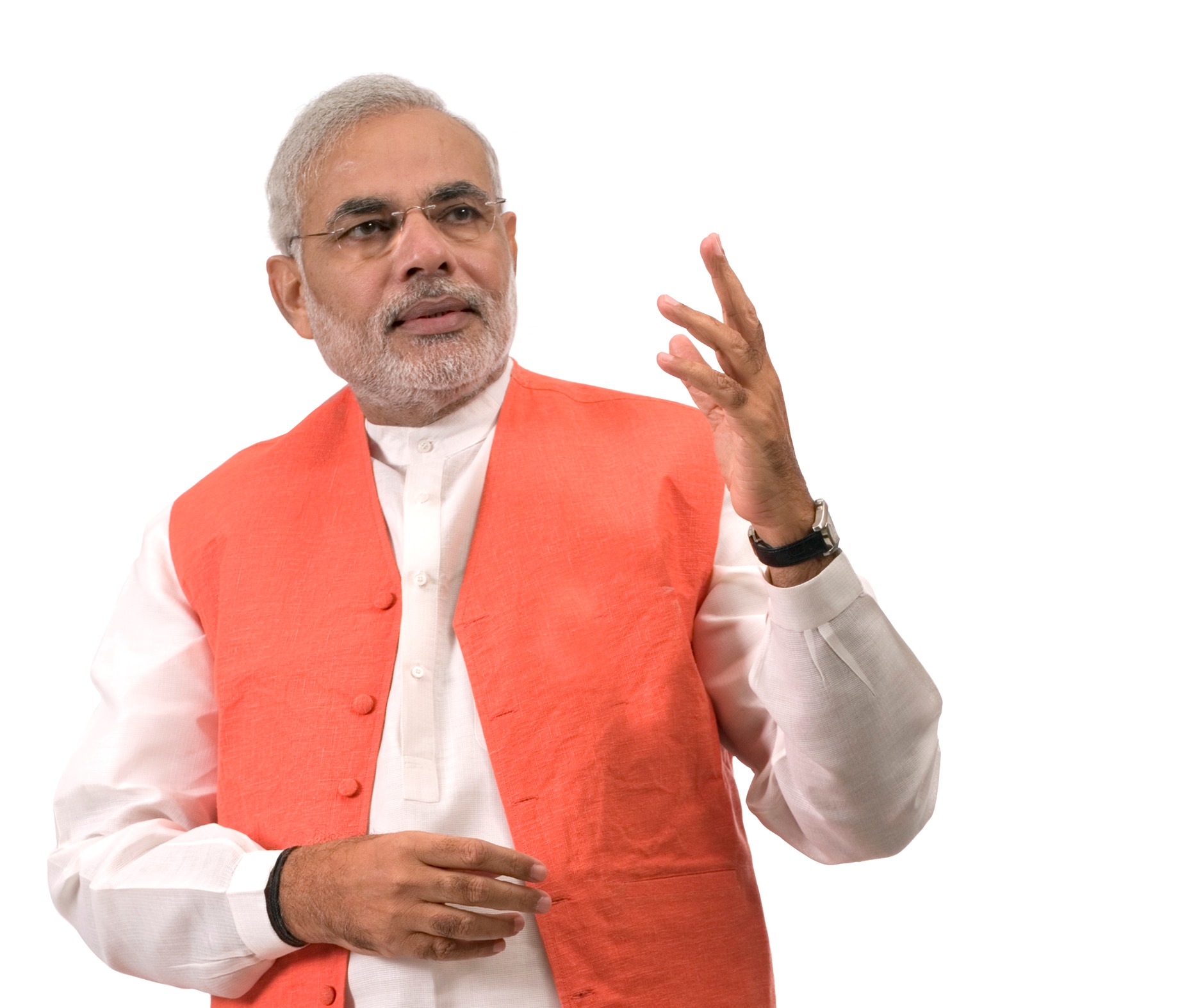Pratim Ranjan Bose
Astrologers predict. Journalists use
their experience to put jigsaw pieces together.
My guess proved correct on
November 25, as all the stake holders (including Modi’s BJP and West Bengal
Chief Minister Mamata Banerjee’s Trinamool Congress, who were staunch opponents to the move in the past) in the Parliamentary Standing Committee on Foreign Affairs; unanimously cleared the final draft for land swap bill. It will be placed in the Rajya Sabha or the Council of States in the current session.
The consensus was needed because,
Modi’s, BJP that has a brute majority in the Lok Sabha or the House of
the People; is a minority in the Rajya Sabha. It means, ratification of
the bilateral agreement, the last of which was inked in 2011, is now a
certainty.
I expect all the formalities be cleared
in the current session of the Parliament. But that does not mean land will be
swapped immediately. For, it would require due and lengthy administrative exercise
to settle many issues including the most important of all – rehabilitation for
the international migrants or refugees.
The task at hand
A grave omission during the Partition (1947) saw India and Bangladesh claiming hundreds of small villages, as their national territories, on either side of the border.
In the Constitution of either
country they are referred as adversely possessed land (APL) and enclaves.
Mostly located on either side of
the border along Barak Valley in Assam , the APLs are connected to
the country by a small strip of land which is difficult to access. A total of 665
acres of land is in adverse possession of either country in Assam border.
Enclaves are completely land
locked. India has 111
enclaves spreading over 17,000 acres at Lalmonirhat, Nilphamari and Kurigram
districts in Bangladesh .
Bangladesh has 51 enclaves over
7100 acres at Cooch Behar in India .
According to a head count conducted
last year, a little over 51,000 people are living in a total of 162 enclaves. This
includes 37,000 so-called Indian citizens living in captivity in Bangladesh and 14,000 in Bangladeshi enclaves in
India .
I am saying “so-called citizens”,
because they are deprived of any service that an Indian or Bangladeshi citizen
can expect from its government.
There is no civic amenities be it
electricity, school, health care facilities or so on. They are captives in a
foreign territory that refuses to serve them. Their home country, at least on
paper, cannot reach them any services either. They don’t figure even in the voters
list of either country. They are citizens without a country.
According to a survey by India
Bangladesh enclave coordination committee, in 2013, only 743 people out of
37,000 living in Indian enclaves in Bangladesh
were interested to migrate to India
following land-swap. No one from the over 14,000 people in Bangladeshi enclaves
in India
are interested to migrate.
Once the Parliament decides to
make necessary constitutional amendments; both the governments will engage into
a more dependable study to finalise the details to the last mile. And, that
should rightly take a little time. We could for nearly seven decades to reach
this far, we can surely wait another couple of months or a little more to
complete the deal and redraw the international border.
Huge Gains
An immediate gain for both the
countries is the scope to tighten the border security and prevent
infiltrations. The infiltration primarily takes place from Bangladesh to India for economic opportunity. But
some Islamic terror outfits are using the border in their advantage. It’s time
to hit them hard.
But what is important this is
going to give Bangladeshi Prime Minister Seikh Hasina, some added handle to ignore
Islamic outfits and strengthen economic ties with Modi’s India .
And, that is the real advantage of this deal –
greater regional co-operation. I am extremely hopeful that ratification of the land
boundary pact will open doors for transit of Indian goods and services through Bangladesh
to remotely located North Eastern States.
Better and cheaper connectivity
should help improve India ’s
national integration both in economic and political front.
In fact, if Bangladesh grants India
access to the Chittagong
sea port, the landlocked North Eastern states may turnout to be into a
lucrative investment destination to tap the South Asian markets.
I am sensing a flurry of announcements
from Bangladeshi side sooner than later. Lets hope, I will prove correct, once
again.
***








